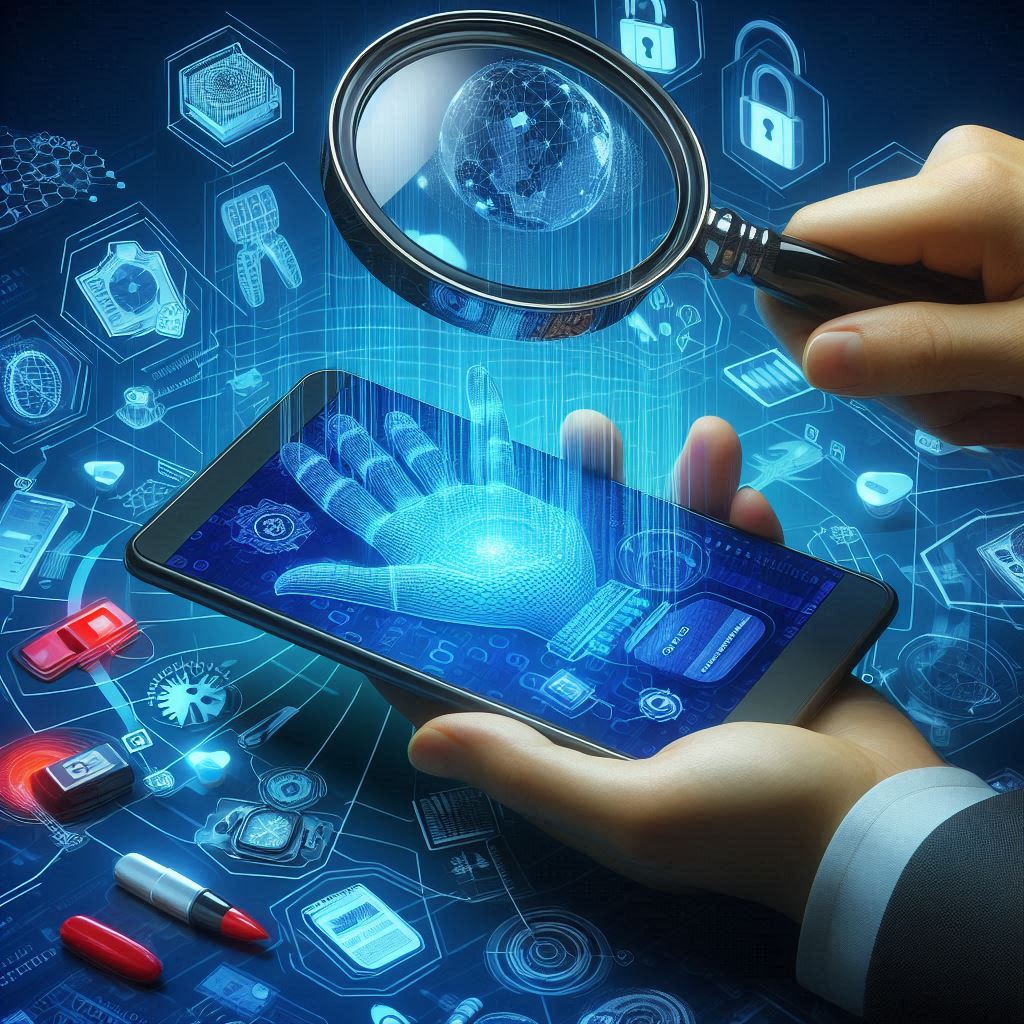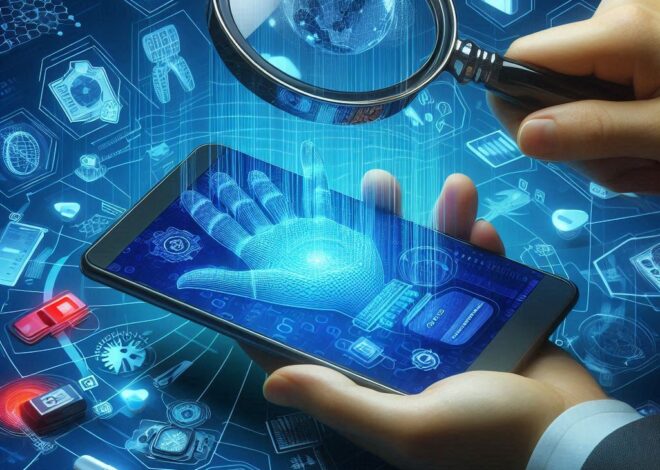
Mastering Mobile Data for Effective Digital Forensics

In the smart phone world, mobile devices have become an essential part of our daily lives. From communication to tracking of location to financial transactions, smart phones contain a vast amount of valuable data.
For Digital Forensics experts, this mobile data is a treasure trove of information, only if it is properly accessed, preserved, and analyzed. Mastering mobile data is an important skill for ensuring accurate and reliable results in digital forensics.
Importance of Mobile Data in Digital Forensics
Mobile Devices are an important source in investigations ranging from cyber crimes and fraud to missing persons information. They have important information like
- Call logs and Contact lists
- Text and Chat Messages
- Emails
- Browsing History
- GPS location data and Geo tags
- Videos, Photos, and App Usage History.
The main challenge for professional forensics experts is the variety of operating systems, different file systems, cutting-edge security features like biometric locks, frequent updates, and encryption.
It is important for the forensics experts to have the right tools and methods else they may miss significant evidence or compromise its admissibility in court.
What are the key steps to Master Mobile Data?
- Seizure and Isolation: Before accessing any data, the professional forensic experts must seize the mobile devices. The seizure of mobile devices must be done in a legally sound. The experts will ensure the devices are not remotely wiped or altered. The professional specialists place the mobile phone in a Faraday bag or enable its airplane mode to prevent network interference.
- Data Collection: There are two main types of data collection- logical and physical. The logical method gathers active files, including messages, contacts, and more. The physical acquisition captures the entire data set, including deleted files and hidden partitions.
- Data Analytics: After the extraction of data, the digital forensics experts analyze it for relevant patterns, timeliness, and content. For instance, messaging metadata can expose hidden relationships, and app data can reveal usage at specific times or locations.
- Preserving the data: It is important to preserve mobile data in the same manner as it was found. There must be a clear chain of custody. This ensures the evidence is admissible in legal proceedings. Every action taken on the mobile phone must be recorded to maintain integrity.
- Report Writing: The final forensic report must be clear, concise, and objective. It should outline the methods used, findings, and how the experts have drawn the conclusions. Visual timelines or maps can help simplify complicated data for persons from a non-technical background, like judges and lawyers.
What are the Future Trends in Mobile Forensics?
The Future Trends in mobile forensics include AI integration for faster data analysis. They have support for encrypted and cloud-based apps, improved tools for iOS and Android extraction, and handling data from IoT and wearable devices.
Mastering mobile data is not an option anymore. It is essential for effective digital forensics. It is important for forensics experts to stay updated on tools, methods, and legal best practices to extract valuable insights that may be important to solve a case.
Read Also: 5 Things You Must Know About Your Summons





